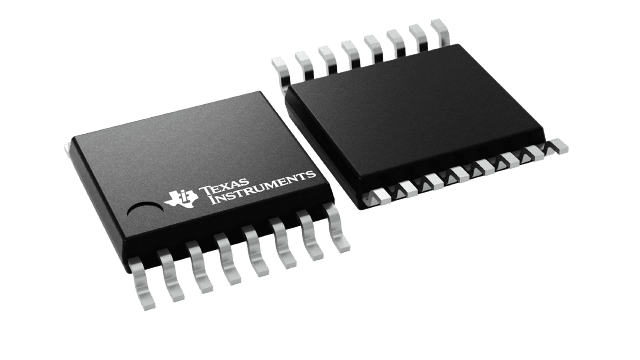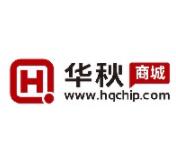| Resolution (Bits) | 12 |
| Number of DAC channels (#) | 4 |
| Interface type | I2C |
| Output type | Buffered Voltage |
| Settling time (μs) | 10 |
| Reference type | Ext |
| Architecture | String |
| Rating | Catalog |
| Output range (Max) (mA/V) | 5.5 |
| Output range (Min) (mA/V) | 0 |
| Operating temperature range (C) | -40 to 85 |
- Micropower Operation: 600 μA at 5 V VDD
- Power-On Reset to Zero
- +2.7 V to +5.5 V Analog Power Supply
- 12-Bit Monotonic
- I2C? Interface Up to 3.4 Mbps
- Data Transmit Capability
- On-Chip Output Buffer Amplifier, Rail-to-Rail Operation
- Double-Buffered Input Register
- Address Support for up to Sixteen DAC7573s
- Synchronous Update Support for up to 64 Channels
- Operation From –40°C to 105°C
- Small 16 Lead TSSOP Package
- APPLICATIONS
- Process Control
- Data Acquisition Systems
- Closed-Loop Servo Control
- PC Peripherals
- Portable Instrumentation
I2C is a trademark of Philips Corporation.
The DAC7573 is a low-power, quad channel, 12-bit buffered voltage output DAC. Its on-chip precision output amplifier allows rail-to-rail output swing to be achieved. The DAC7573 utilizes an I2C compatible two wire serial interface supporting high-speed interface mode with address support of up to sixteen DAC7573s for a total of 64 channels on the bus.
The DAC7573 requires an external reference voltage to set the output range of the DAC. The DAC7573 incorporates a power-on-reset circuit that ensures that the DAC output powers up at zero volts and remains there until a valid write takes place to the device. The DAC7573 contains a power-down feature, accessed via the internal control register, that reduces the current consumption of the device to 200 nA at 5 V.
The low power consumption of this part in normal operation makes it ideally suited to portable battery operated equipment. The power consumption is less than 3mW at VDD=5 V reducing to 1 μW in power-down mode.
The DAC7573 is available in a 16-lead TSSOP package.








